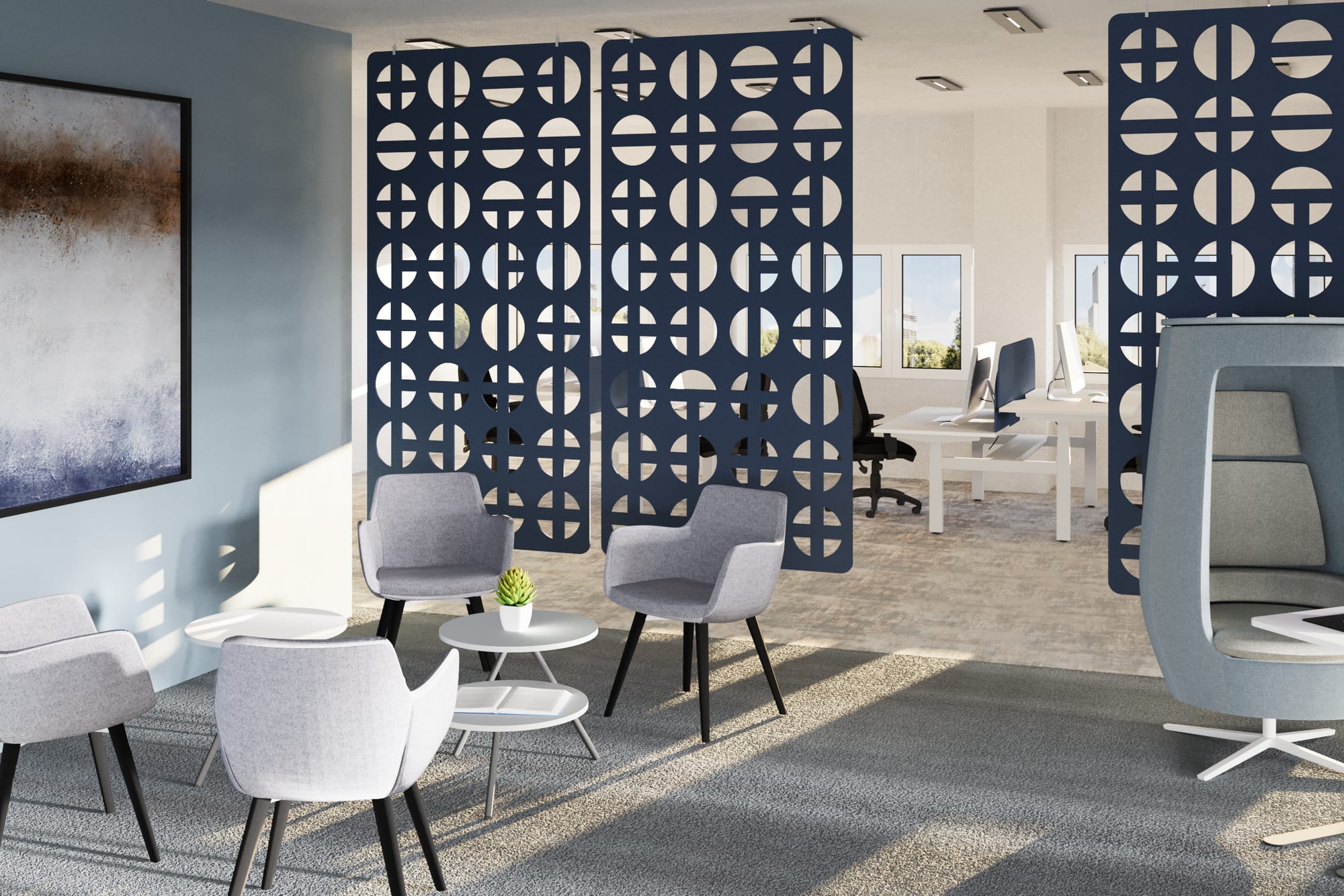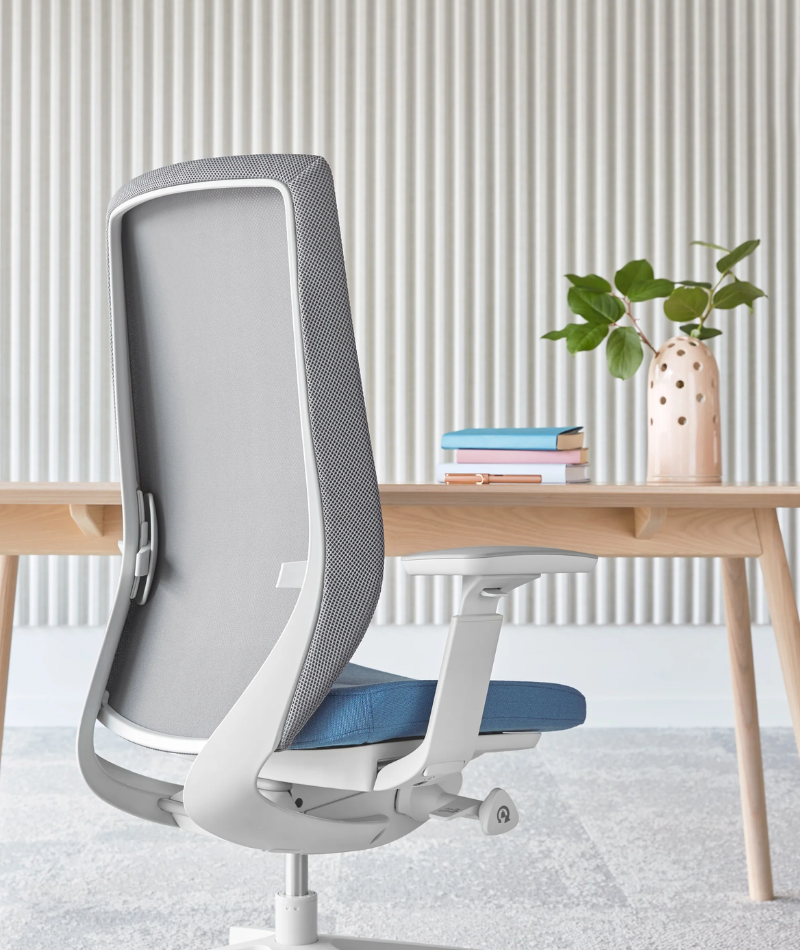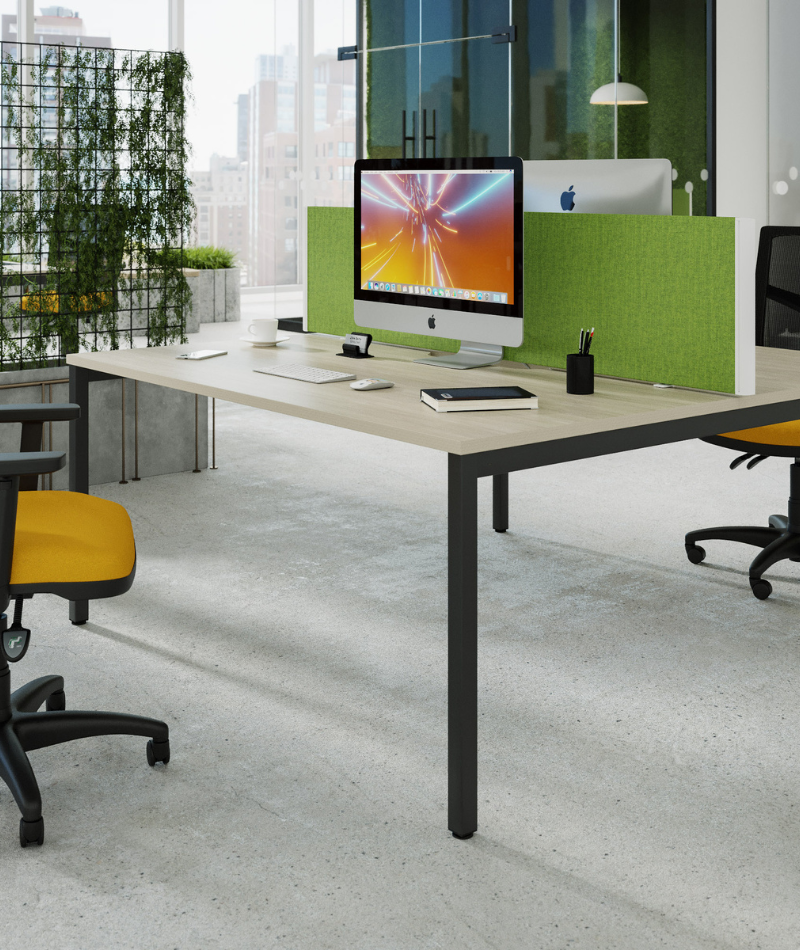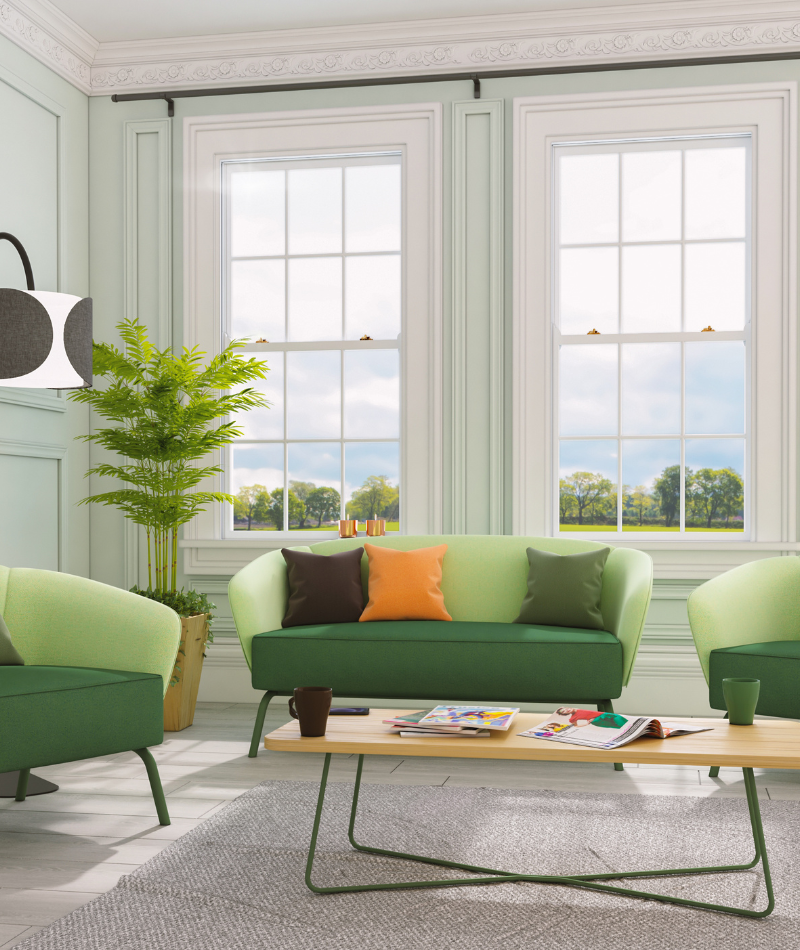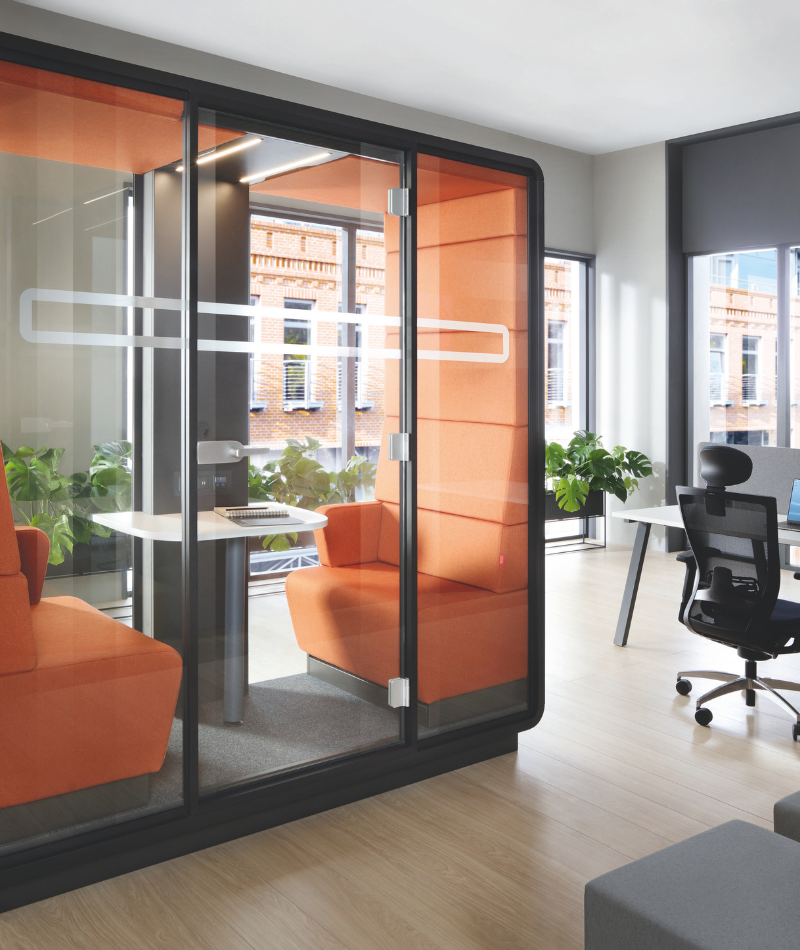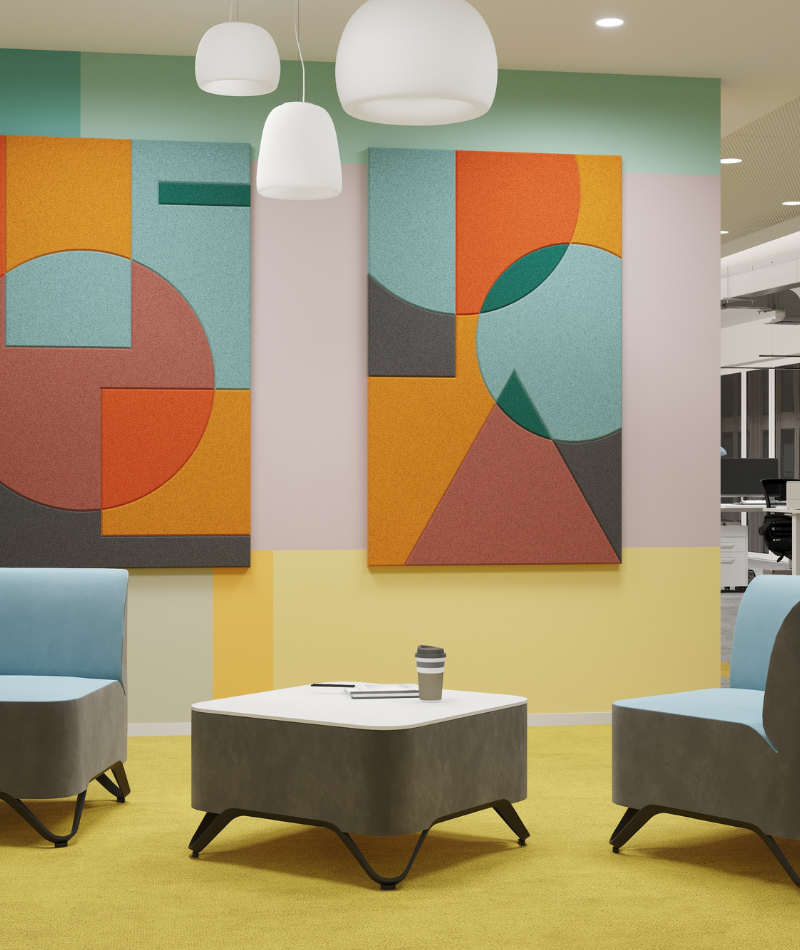Acoustic Panels Buyers Guide
Without the tried-and-true cubicles that most offices have left behind, many of our open-plan workspaces are plagued by annoying noise and distracting echoes– sometimes colleagues who are mere feet away are unintelligible and muffled. The problem is the acoustics.
Why are the acoustics in here so poor?
A room’s poor acoustics can be caused by several things, like the room’s shape, size, what it’s made from, and how it’s furnished. Oftentimes, acoustic inconsistencies are caused by soundwaves reflecting off hard or uneven surfaces and bouncing back to the ear in an odd or unexpected way, affecting productivity, comfort, and potentially privacy in an office environment.
Are Acoustic Panels the solution? What does one do?
To replace the role in noise reduction and dulling qualities that a cubicle wall once filled, we need a new solution; it’s important to prioritise ease of communication in a work environment, but nobody is expecting you to move offices anytime soon, so finding something to add to what you’ve got is ideal. Acoustic Panels solve this perfectly. They reduce noise distraction, by acting as buffers, absorbing and muffling excess noise, which enhances sound quality and improves speech intelligibility, by creating an environment for clearly heard conversation, (without the need to repeat oneself), conducive to a productive workflow.
What makes a good acoustic panel?
An effective acoustic panel that does its job will absorb a wide range of frequencies, combining sound insulation and diffusion. Consider:
Material – this will affect its durability and denser materials, like wood and wool, absorb sound brilliantly, especially at lower frequencies.
Thickness – a thinner panel may be all you have space for, but strategic placement and choice of materials can make a thinner panel just as effective as thicker ones. Also, having air gaps is no bad thing; their size can be calculated in order to target the absorption of certain frequencies (often low ones), improving the performance of thinner panels.
Aesthetics – there are many options to ensure the panel(s) complement existing furnishings, whether that be in material, colour, or the tone you have developed.
To guarantee good sound insulation, it’s important to use more than one type of acoustic panel; different materials absorb different frequencies, so combining panel designs aimed at low, mid, and high frequencies is best.
What kinds are there? And which one is right for me?
· Ceiling panels – out of sight, but incredibly effective as they can be installed throughout the entire space. They can be installed below your existing ceiling for minimal disruption and a quick return to better acoustics.
· Hanging/ curtain style panels – while breaking up sound for effective noise reduction, this style of suspended solution can act as a stylish and translucent partition.
· Flooring – you may not have thought it, but carpet is considered an acoustic panel for the floor! It wonderfully complements the rest of your noise reduction solution, absorbing indirect noises (not voices or video), like footsteps, chair scraping, and the closing of doors.
· Free-standing room dividers – your acoustic solution can double up as a flexible way to partition your open-plan office for added privacy that isn’t permanent. For added ease, there are panels with locking castors. For maximum multifunctionality, consider materials– you could opt for panels that are also a whiteboard, or maybe magnetic.
· Wall panelling – if floor space and flexibility are concerns, wall panelling may be right for you. Sitting on the wall, typically above desk-height, these acoustic panels are out of the ay and doing their job. They can be made of a single, uninterrupted block or smaller, modular panels with future expansion built into the design.
· Biophilic panels – a living wall of plants absorbs sound reverberations excellently and improves air quality!
Do acoustic panels block Wi-Fi?
No. Wi-fi signals operate using radio waves which have a much higher frequency than sound waves.









